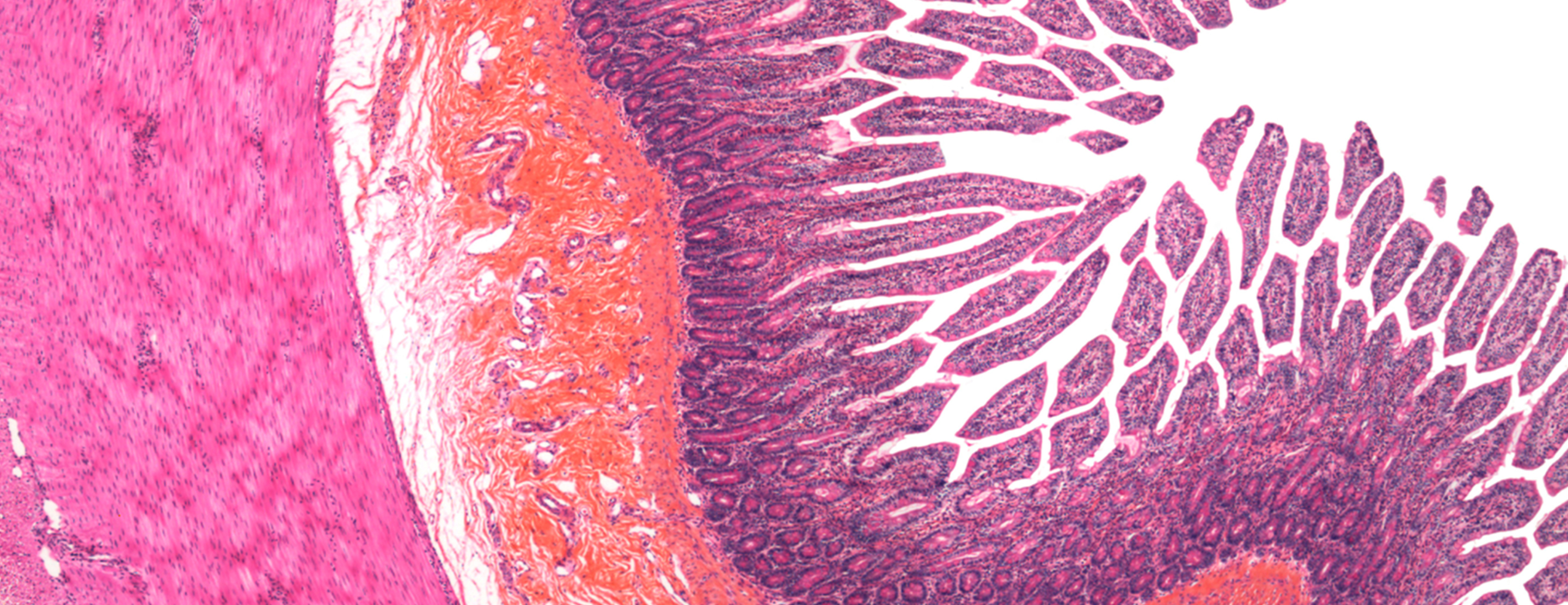
Enteroscopy
Definition
Enteroscopy is a procedure used to examine the small intestine (small bowel).
Alternative Names
Small bowel biopsy; Push enteroscopy; Double-balloon enteroscopy; Capsule enteroscopy
How the Test is Performed
A thin, flexible tube (
In a
Tissue samples removed during enteroscopy are sent to the lab for examination. (Biopsies cannot be taken with a capsule endoscopy.)
How to Prepare for the Test
Do not take products containing aspirin for 1 week before the procedure. Tell your health care provider if you take blood thinners such as warfarin (Coumadin) or clopidogrel (Plavix), because these may interfere with the test. Do NOT stop taking any medicine unless told to do so by your provider.
Do not eat any solid foods or milk products after midnight the day of your procedure. You may have clear liquids until 4 hours before your exam.
You must sign a consent form.
How the Test will Feel
You will be given calming medicine for the procedure and will not feel any discomfort. You may have some bloating or cramping when you wake up. This is from air that is pumped into the abdomen to expand the area during the procedure.
A capsule endoscopy causes no discomfort.
Why the Test is Performed
This test is most often performed to help diagnose diseases of the small intestines. It may be done if you have:
- Abnormal x-ray results
- Tumors in the small intestines
- Unexplained diarrhea
- Unexplained gastrointestinal bleeding
Normal Results
In a normal test result, the provider will not find sources of bleeding in the small bowel, and will not find any tumors or other abnormal tissue.
What Abnormal Results Mean
Signs may include:
- Abnormalities of the tissue lining the small intestine (mucosa) or the tiny, finger-like projections on the surface of the small intestine (villi)
- Abnormal lengthening of blood vessels (angiectasis) in the intestinal lining
- Immune cells called PAS-positive macrophages
Polyps or cancerRadiation enteritis - Swollen or enlarged
lymph nodes or lymphatic vessels - Ulcers
Changes found on enteroscopy may be signs of disorders and conditions, including:
Amyloidosis Celiac sprue Crohn disease Folate orvitamin B12 deficiencyGiardiasis - Infectious
gastroenteritis Lymphangiectasia Lymphoma - Small intestinal angiectasia
- Small intestinal cancer
Tropical sprue Whipple disease
Risks
Complications are rare but may include:
- Excessive bleeding from the biopsy site
- Hole in the bowel (bowel perforation)
- Infection of the biopsy site leading to
bacteremia - Vomiting, followed by
aspiration into the lungs - The capsule endoscope can cause a blockage in a narrowed intestine with symptoms of abdominal pain and bloating
Considerations
Factors that prohibit use of this test may include:
- Uncooperative or confused person
- Untreated blood clotting (coagulation) disorders
- Use of aspirin or other medicines that prevent the blood from clotting normally (anticoagulants)
The greatest risk is bleeding. Signs include:
Abdominal pain Blood in the stools Vomiting blood
References
Barth B, Troendle D. Capsule endoscopy and small bowel enteroscopy. In: Wyllie R, Hyams JS, Kay M, eds. Pediatric Gastrointestinal and Liver Disease. 5th ed. Philadelphia, PA: Elsevier; 2016:chap 63.
Kovacs TO, Jensen DM. Gastrointestinal hemorrhage. In: Goldman L, Schafer AI, eds. Goldman-Cecil Medicine. 25th ed. Philadelphia, PA: Elsevier Saunders; 2016:chap 135.
Vargo JJ. Preparation for and complications of GI endoscopy. In: Feldman M, Friedman LS, Brandt LJ, eds. Sleisenger and Fordtran's Gastrointestinal and Liver Disease. 10th ed. Philadelphia, PA: Elsevier Saunders; 2016:chap 41.
Review Date: 10/26/2017
The information provided herein should not be used during any medical emergency or for the diagnosis or treatment of any medical condition. A licensed physician should be consulted for diagnosis and treatment of any and all medical conditions. Call 911 for all medical emergencies. Links to other sites are provided for information only -- they do not constitute endorsements of those other sites. Copyright ©2019 A.D.A.M., Inc., as modified by University of California San Francisco. Any duplication or distribution of the information contained herein is strictly prohibited.
Information developed by A.D.A.M., Inc. regarding tests and test results may not directly correspond with information provided by UCSF Health. Please discuss with your doctor any questions or concerns you may have.





